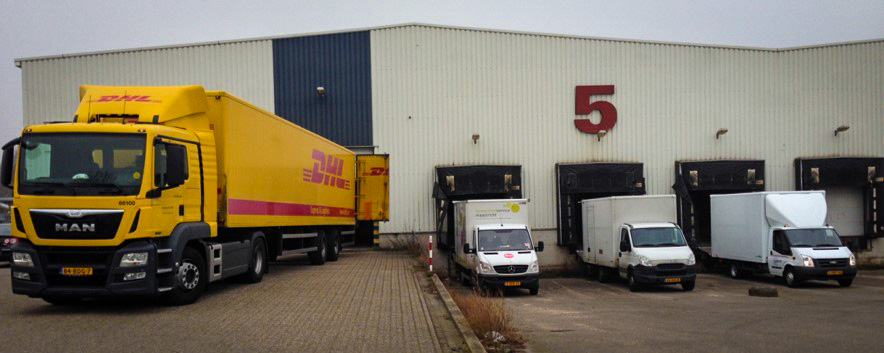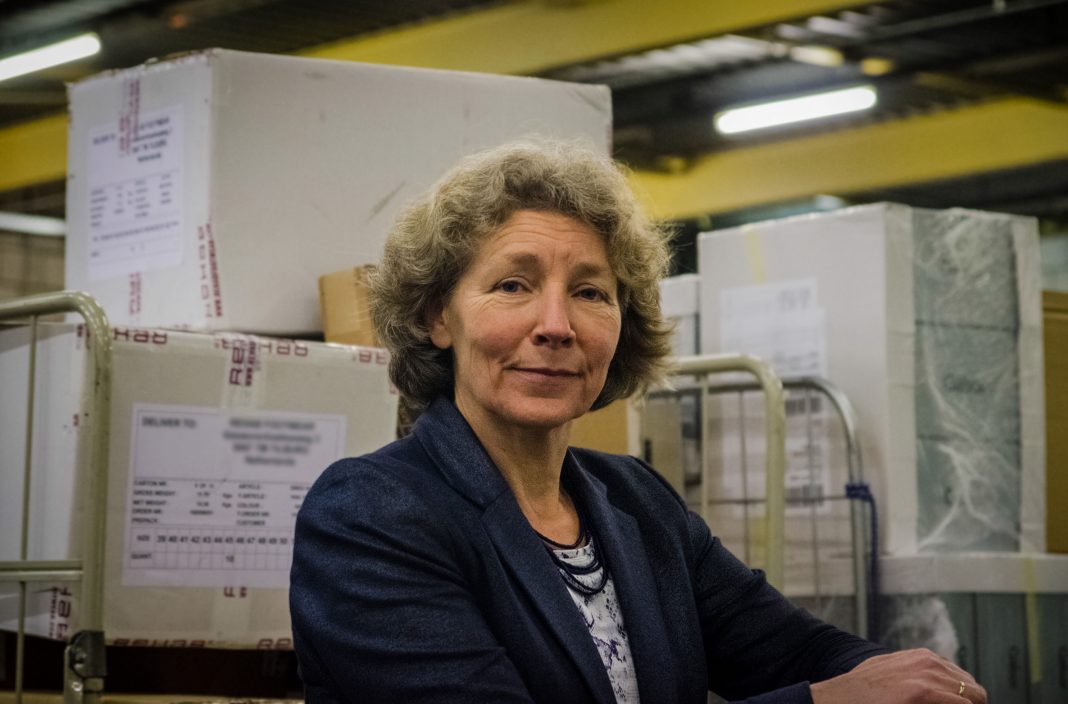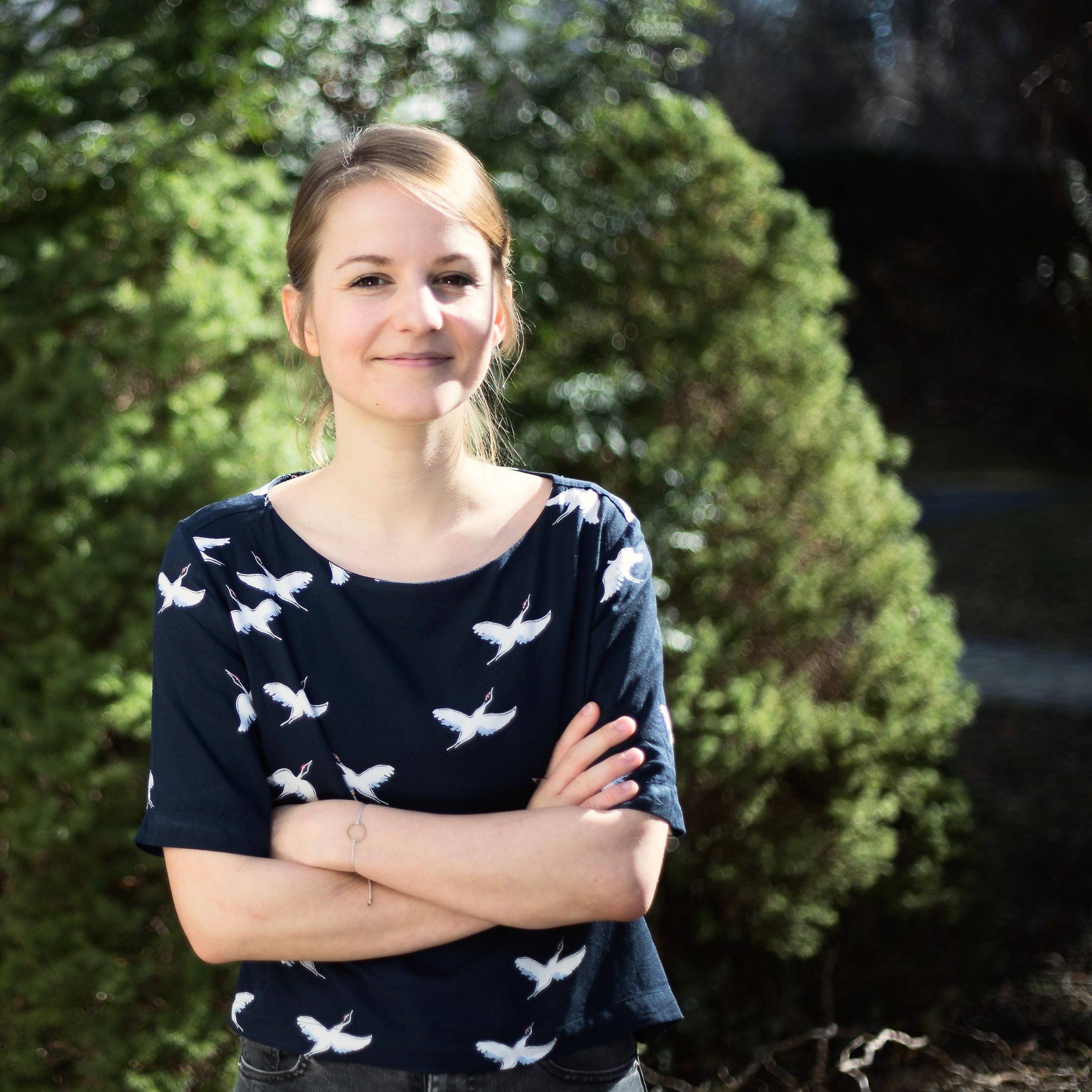“Everybody was complaining, but nobody was working on a solution.” As former Inner-City Manager of the City of Nijmegen, Birgit Hendriks was never planning to get into logistics. And yet, that is what she did. More than a decade later, the urban consolidation centre (UCC) in Nijmegen is still up and running. While there is no one secret ingredient for running a UCC, here are some lessons learned from Binnenstadservice.
For years, everybody had been complaining – the government about traffic safety and decreasing air quality, the truck drivers about the narrow time slots for delivery, and the shopkeepers about the increasing number and size of the delivery trucks in the city centre, but nobody was actually doing something about it.
Realizing that no one else would, Birgit Hendriks, former Inner-City Manager of the City of Nijmegen decided that it was on her to put the plan of setting up an urban consolidation centre (UCC) into action. While previous initiatives of that kind had all failed in the Netherlands, Birgit made a promise to herself that this new initiative would not add to this list of failures. When starting Binnenstadservice (BSS) in April 2008, Birgit and her Co-Founder Max Prudon decided to follow a slightly different path than their predecessors.
The Challenges of Running an Urban Consolidation Centre
The general idea of UCCs is to bundle goods from outside the city at a hub that is located in close distance to the area that it serves (e.g. a city centre, a town or a shopping centre) and transport the goods into the city with smaller, environmentally friendly vehicles. By reorganising and optimising the shipments from a destination perspective, the number of trucks entering the city as well as negative traffic-related impacts, are reduced.
As of today, the UCC in Nijmegen has been operating for almost 13 years now. Considering the long list of previous failures, it’s safe to say that whatever it is that Birgit and Max did differently, it was the right decision. Here’s three key learnings that can be drawn from the way Birgit and Max dealt with challenges along the way.
1. Customer focus
Birgit and Max had put a lot of effort into research and planning, as well as into studying previous initiatives. What they found was that most initiatives focused on the carriers, although studies confirm that their willingness to use UCCs is rather small (approx. 20 %). Too often, carriers can’t see how they would profit from UCC’s services and stick to operating the last mile themselves.
One important aspect that set BSS apart from other initiatives therefore was their focus on small and independent retailers as clients rather than carriers since their deliveries were usually not optimised in any way. Shipments from multiple suppliers could be bundled at the UCC and delivered to the storeowner at a time they wished. This did not only provide the stores with more flexibility, but it also saved them time. The only thing they needed to do was to change the shipping address to the one of BSS.
“We started testing the concept, building trust with the end receivers, building trust with the transport companies and proving that this concept would work – and it did. At least physically it did!”
While focusing on the receivers’ side worked relatively well at the beginning, it soon turned out that in order to sustain business and increase the volume of goods through more contracts, slight adaptations had to be made. A rethinking of client perspective became inevitable. “Eventually, we turned our commercial face to the shippers instead of the end receivers” which, in retrospect, has proven to be the badly needed game changer for the years to follow.

2. Collaboration
Soon after BSS was founded, other cities across the Netherlands approached Birgit and the idea was born to start a BSS-franchise. Since each individual UCC has only limited impact, the collaboration with other local hubs should strengthen their position significantly and make them a stronger and more serious partner in negotiations with national shippers and carriers.
“And that’s what the shippers want. They don’t want to deal with all the individual entrepreneurs in the 30 cities in the Netherlands. They want to deal with one company and that one company is our national group company.”
Today, the national network exists in Goederenhubs Nederland (engl. Goods Hubs) – a privately owned company run by Birgit, Max and Theo Arntz. Goederenhubs forms a neutral body that unites a growing number of local hubs – partner companies, under its umbrella. While these are still independent companies, Goederenhubs imposes a number of conditions that have to be met, including core opening hours, a minimum number of cross-dock doors, a general commitment to deliver goods in the most sustainable and bundled way possible, and last but not least, the use of the Goederenhubs IT platform.
Ultimately, the crucial element for success is exactly this IT platform that guarantees proof-of-delivery and real time tracking. Because one thing is clear, no shipper will sign a contract with a UCC when they can’t be sure or have solid proof that their deliveries reach the end-customer.

3. Financing and the role of the government
Last but not least, there’s the issue of economic viability and financing. Studies have shown that hardly any UCC can survive without governmental subsidies or other kinds of funding. BSS received an initial subsidy for the first year of operation which certainly helped them to establish a clientele and sign contracts with retail stores and carriers. The downside of such a timely limited subsidy, however, is that it can mislead the UCC operator into forgetting that there will come a time after the subsidy that needs a clear concept.
This was partly the case for BSS, as the basic service was provided for free during the first year. While this lowered the barrier to entry for customers, it’s not a viable option in economic terms. Also, who’s going to pay for a service that was once offered for free? Birgit and Max decided that additional services had to be introduced – something that customers were willing to pay for. Among others, the handling of return deliveries and residues, as well as the provision of storage space were seen as such services.
On a more general level, though, Birgit is convinced that stricter governmental regulations would be the best driver for more customers. “Companies are not going to change the way of delivering their goods automatically just because we are there at the edge of the city.” What would certainly help their case are strict measures that stop (half-empty) trucks from entering city centres and as a result make UCCs a viable option for shippers and carriers.
In a Nutshell
Up and running for almost 13 years now, Binnenstadservice is one of the few success stories when it comes to UCCs. The most important lesson that it teaches us is that the bundling of goods outside the city centre requires three things to flow, namely goods, information and money. In the end, however, it all depends on the contracts because “if you don’t have the contracts, whose volumes are you going to deliver?”.
While BSS’s success is widely acknowledged, Birgit admits that after all there is still room for improvement. In her opinion, the impact BSS has today is far too small and only more contracts would change that. What would be needed, however, to really accelerate this transition towards more efficient and greener logistics are stricter rules by the government. As Birgit pointedly said, “Of course we can be the carrot, but someone has to be the stick too!”.
After all, it’s a combination of both. Change requires ambition, real action and people like Birgit and Max who don’t shy away from a challenge.


